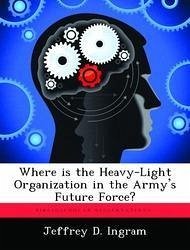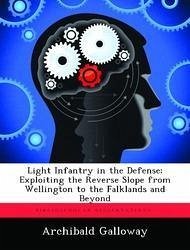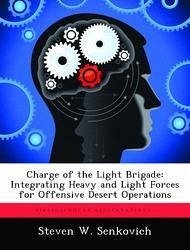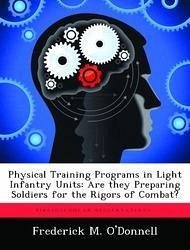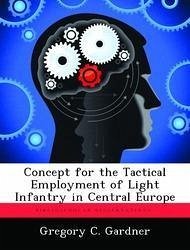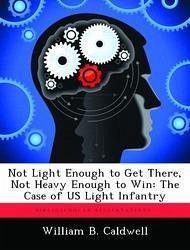
Not Light Enough to Get There, Not Heavy Enough to Win: The Case of US Light Infantry
Versandkostenfrei!
Versandfertig in über 4 Wochen
59,99 €
inkl. MwSt.

PAYBACK Punkte
30 °P sammeln!
The purpose of this paper is to develop an understanding of the concept for employment of our light infantry forces. Since 1979 there have been numerous articles and studies written on this subject. There is little agreement, however, as the how the light forces should be employed across the spectrum of conflict. Their primary orientation is toward low intensity conflict, but in fact, the emphasis is on the mid to high intensity spectrum. This paper begins with a discussion of previous efforts to create light infantry divisions. It then addresses our ability to deploy light forces, their augme...
The purpose of this paper is to develop an understanding of the concept for employment of our light infantry forces. Since 1979 there have been numerous articles and studies written on this subject. There is little agreement, however, as the how the light forces should be employed across the spectrum of conflict. Their primary orientation is toward low intensity conflict, but in fact, the emphasis is on the mid to high intensity spectrum. This paper begins with a discussion of previous efforts to create light infantry divisions. It then addresses our ability to deploy light forces, their augmentation, tactical employment, and training. Once these points are established, an analysis is made of the decision logic which added light infantry divisions to the force structure. The conclusion of the paper is that our light infantry divisions were not designed to fulfill an operational requirement, which in turn explains the resulting confusion over their proper employment. It appears that political concerns and budgetary constraints influenced the decision to create our light forces. What we now have is a force that is neither small enough to be strategically deployable nor heavy enough, even if "properly augmented", to fight and win in the mid to high intensity spectrum. Our light division appears to be regarded as a general purpose force. This role requires a force that can survive in a wide range of environments. It should have the organic components of combat power, mobility, survivability, firepower and the sustainability to allow it to get there and win. We need to recognize the rationale that led to the design of the light division and view the present organization as the planning base for an evolutionary process of change.




